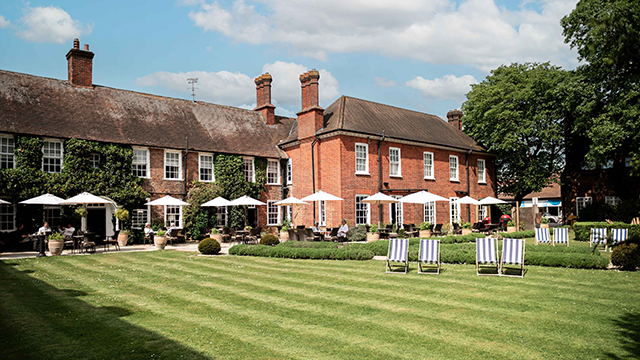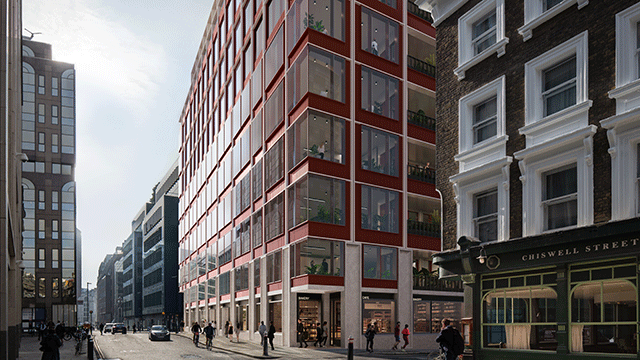Parties owning land separated by hedge and ditch – Hedge on defendant’s side of ditch – Defendant erecting fence on far side of ditch – Plaintiff claiming damages for trespass – Court of Appeal concluding boundary in middle of hedge [1997] PLSCS 303 – Whether hedge and ditch presumption applicable – Appeal allowed
The defendant lived at Saverly Cottage, Saverly Green, Staffordshire, and, by a conveyance dated 23 July 1985, bought a strip of land from the then owner of the neighbouring Home Farm. The strip lay along part of the boundary that separated Home Farm from Saverly Green Farm. Within living memory, a hedge and ditch had always existed between the two farms. The hedge was on the defendant’s side of the ditch. The field on the other side had been acquired by the plaintiff company from the owner of Saverly Green Farm in 1984.
In 1985 the defendant, relying on the hedge and ditch presumption, grubbed up the hedge along his section of the boundary and erected a post and wire fence along the far side of the ditch. The claimant objected, arguing that the presumption did not arise where the land had been conveyed by reference to an Ordnance Survey map, which had delineated the boundary as running along the middle of the hedge. The claimant issued proceedings to recover the enclosed strip. The judge and the majority of the Court of Appeal (see [1998] 2 EGLR 107), relying on Fisher v Winch [1939] 1 KB 666, held that the claimant could rely on inferences drawn from the defendant’s deeds, from which it could be concluded that, upon the true construction of a 1975 conveyance to the defendant’s predecessor in title, which referred to the Ordnance Survey map, the land given only extended to the middle of the hedge. The Court of Appeal further held that since the 1975 conveyance had not left the boundary unclear, it was not necessary to see whether the dispute could be resolved by “that touchstone of last resort”, the hedge and ditch presumption.
Held: The appeal was allowed.
1. It was doubtful whether the 1975 conveyance gave the land only up to the middle of the hedge. The language of the conveyance was confusing, and was in itself fairly inconclusive as to whether the parties intended the boundary to be in the precise place indicated by the Ordnance Survey map, ie in the middle of the hedge. Additionally, when looking at the background, it could be concluded that this construction became very unlikely.
2. The more likely inference, which the words in the 1975 conveyance “for the purposes of identification only” supported, was that the parties were using the Ordnance Survey plan in the same way as it was used in registered conveyancing, namely to indicate the general boundaries. That would have left the hedge and ditch presumption undisturbed, which, far from being a touchstone of last resort, was the best line to the boundary, with the result that the 1975 conveyance included all the land up to the boundary of the claimant’s farm on the far side of the ditch. Accordingly, the same land was, in due course, conveyed to the defendant: Fisher v Winch [1939] 1 KB 666 distinguished; Vowles v Miller (1810) 3 Taunt 137 applied.
Charles Machin (instructed by Challinors & Dickson, of Stoke-on-Trent) appeared for the claimant; Anthony Elleray QC and Ian Foster (instructed by Grindeys, of Stoke-on-Trent) appeared for the defendant.
Thomas Elliott, barrister






